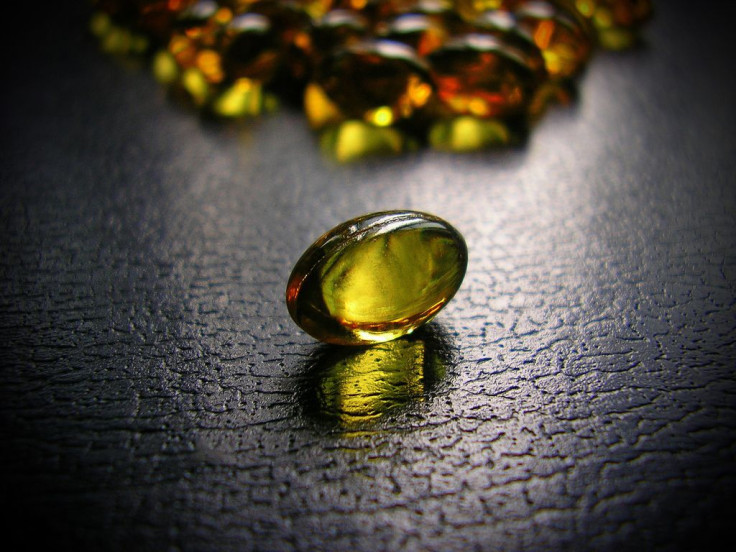Chromium, Controversial Element Found In Supplements, May Turn Carcinogenic Once Ingested

An ingredient commonly found in dietary supplements may not only be useless, but it could very well become hazardous.
This past December, in the journal Angewandte Chemie, a team of Australian researchers discovered a particularly frightening side-effect in animal fat cells exposed to the mineral chromium — the breakdown from a nontoxic version of the element, chromium (III), to those known to be carcinogenic, chromium (V) and (VI). "We were able to show that oxidation of chromium inside the cell does occur, as it loses electrons and transforms into a carcinogenic form," lead author and researcher at the University of New South Wales (UNSW) Dr. Lindsay Wu said in a statement. "This is the first time oxidation was observed in a biological sample with the same results expected in human cells."
Chromium (III), particularly chromium (III) picolinate, has long been touted as an essential nutrient and possible treatment for metabolic disorders like diabetes. But the actual verdict on its biological usefulness is still shaky, with some animal research showing rats who took as little chromium as possible were no better or worse than a control group. If it is essential to human health, it's likely only in the trace amounts we get through a conventional diet, rather than the mega doses found in many nutritional and dietary supplements.
What is definitely known is that hexavalent chromium (VI), made infamous in the biographical movie Erin Brockovich, can raise the risk of many chronic conditions, including cancer, when ingested or swallowed.
In the latest study, Wu and her colleagues treated animal fat cells with the same type of chromium found in supplements, and utilized a high energy X-Ray beam they borrowed on site from the Argonne National Laboratory in Chicago in order to observe what happened to them afterwards. All three forms of chromium were found in these cells, suggesting that the same biological process that enables chromium (III) to have antidiabetic activity on the body also converts a portion into its more dangerous cousins.
"The high energy X-ray beam from the synchrotron allowed us to not only see the chromium spots throughout the cell but also to determine whether they were the carcinogenic form," explained Wu. Subsequent experiments conducted in Australia and Japan found similar results.
Less certain, though, is how much of a cancer risk taking chromium supplements presents, and how to measure that risk should it exist. According to fellow co-author Professor Peter Lay from the University of Sydney, it can take twenty or more years for cancers linked to chromium (VI) to emerge, and there’s obviously scant research on how much chromium (IV) supplement users are being exposed to with each pill.
"With questionable evidence over the effectiveness of chromium as a dietary supplement, these findings should make people think twice about taking supplements containing large doses of chromium," Lay said. "However, additional research is needed to ascertain whether chromium supplements significantly alter cancer risk."
Thankfully, the researchers believe the trace amounts of chromium (III) found in food pose little risk.
Source: Wu L, Levina A, Harris H, et al. Carcinogenic Chromium(VI) Compounds Formed by Intracellular Oxidation of Chromium(III) Dietary Supplements by Adipocytes. Angewandte Chemie. 2015.



























